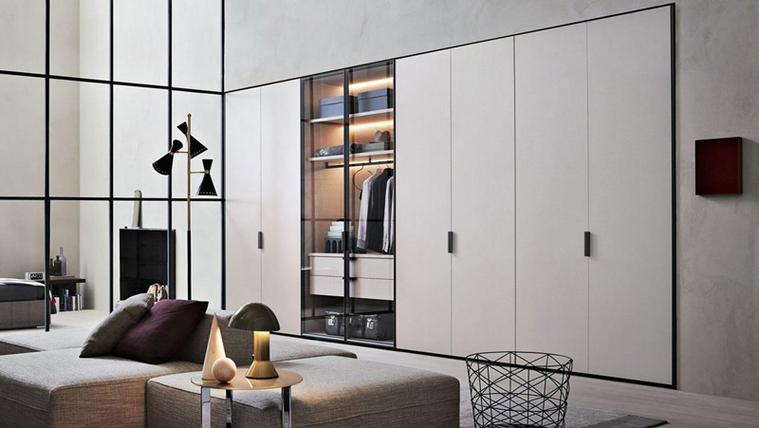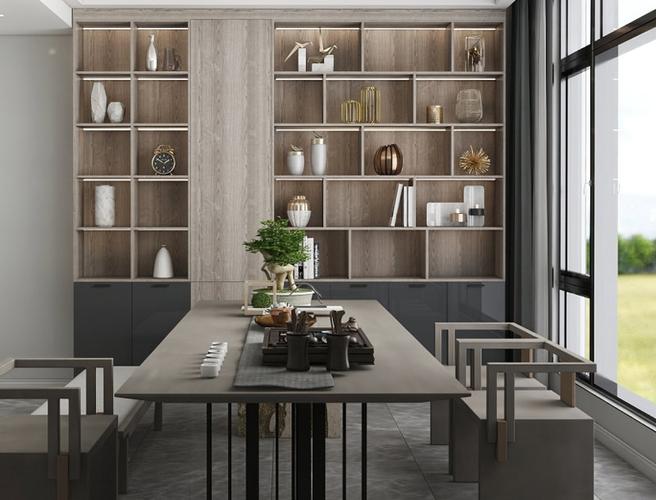In the world of contemporary architecture and interior design, High Pressure Laminate (HPL) has emerged as a preferred material for designers aiming to combine safety, aesthetics, durability, and sustainability in their projects. From commercial spaces and luxury homes to hospitals and schools, HPL is redefining design possibilities. But what exactly makes this seemingly ordinary material a designer’s secret weapon?
This article dives into the core reasons designers love HPL, exploring its fire safety, design flexibility, durability, ease of maintenance, environmental benefits, and construction efficiency to showcase why HPL stands out in modern projects.

1. Fire Safety: The Core of Responsible Design
Fire safety is a non-negotiable priority in the design of public spaces and commercial buildings. HPL, often referred to as fireproof board, meets strict global fire protection standards such as UL94 in the U.S. and EN13501 in Europe. Composed of multiple layers of resin-impregnated kraft paper cured under high pressure and heat, HPL forms a carbonized protective layer when exposed to fire, effectively delaying the spread of flames.
For instance, during a renovation of an international airport, HPL wall panels were installed, passing all fire inspections while lowering insurance costs. Beyond compliance, designers view the use of HPL as a commitment to protecting user safety. Its low smoke and non-toxic emissions make it ideal for sensitive environments like kindergartens and hospitals, where safeguarding lives is paramount.
2. Design Flexibility: Turning Imagination into Reality
While safety forms the foundation, visual expression is the designer’s ultimate pursuit, and HPL provides the canvas for limitless creativity.
Color and Texture Diversity
Thanks to advanced digital printing and embossing technology, HPL can authentically replicate the textures of natural stone, warm wood grains, and even the sleekness of metal. For example, an Italian brand’s marble-look HPL series achieves the elegance of real stone while reducing costs by up to 70%.
Customization for Artistic Expression
Designers can integrate custom patterns and local cultural symbols into HPL surfaces to align with project themes, creating immersive experiences in museums, hotels, and retail spaces.
Shape and Thickness Innovation
Ultra-thin HPL sheets (as thin as 0.6mm) can be bent to wrap around curved or irregular structures, empowering designers to create dynamic and fluid spaces.
This ability to mimic premium materials while staying within budget constraints enables designers to deliver high-end aesthetics sustainably, reducing the environmental impact associated with natural material extraction.
3. Durability and Easy Maintenance: Designed for Longevity
A frequent challenge in design
is ensuring the space retains its aesthetic appeal over time. HPL offers a robust solution:
Superior Wear Resistance: With a Mohs hardness of 4-5 (comparable to natural quartz), HPL outperforms paint and wallpaper in wear resistance. For example, Hong Kong subway stations using HPL panels have shown no visible wear even with over 10,000 daily visitors for five years.
Chemical Resistance: HPL’s resistance to acids, alkalis, and stains makes it ideal for laboratories, kitchens, and healthcare facilities where hygiene is critical.
Low Maintenance: HPL panels can be easily cleaned with a damp cloth, unlike solid wood requiring regular waxing or stone needing special treatments, reducing long-term maintenance costs.
For commercial spaces that require efficient operation and consistent presentation, HPL represents a one-time investment yielding lasting value.
4. Sustainability and Cost Efficiency: A Win-Win for Designers
In an era prioritizing carbon neutrality and sustainable design, HPL aligns with environmentally conscious practices:
Low Formaldehyde Emission: High-quality HPL uses water-based resins achieving E0 formaldehyde levels (≤0.5mg/L), meeting LEED certification requirements.
Resource Efficiency: One cubic meter of HPL can replace 10 cubic meters of natural wood, reducing deforestation pressures.
Recyclability: Many manufacturers offer take-back programs, recycling old HPL panels as fillers to support a circular economy.
Economically, while HPL’s unit price may exceed that of regular paint, its lifecycle cost (LCC) is up to 40% lower than natural stone due to lower installation, transportation, and maintenance expenses. For instance, a hotel chain adopted HPL for uniform decoration across locations, enabling faster construction and consistent branding nationwide.

5. Construction Efficiency: Meeting Tight Project Deadlines
Construction timelines in large-scale projects can be demanding, and HPL offers significant advantages:
Lightweight and Easy Handling: HPL panels are one-fifth the weight of stone, supporting on-site cutting and minimizing construction errors.
Versatile Installation: Modern adhesive systems allow HPL panels to be applied to rough walls, metal, or glass without nails, preserving existing structures.
Renovation-Friendly: HPL can be installed over old surfaces, reducing demolition costs while modernizing the space.
For example, during the restoration of a historic building in Shanghai, designers used HPL to replicate 19th-century decorative elements without damaging the original brickwork, achieving seamless heritage preservation with contemporary efficiency.
Future Potential: Expanding the Boundaries of Design with HPL
HPL’s rise signals a broader shift in design priorities from mere form to functional, safe, and sustainable user experiences. With the integration of nanotechnology, anti-bacterial coatings, and smart sensing capabilities, HPL is evolving into a high-performance, interactive surface solution for future design applications.
For designers, understanding and utilizing the language of materials like HPL is essential for creating spaces that are not only visually stunning but also safe, durable, and environmentally responsible.
Conclusion
The deep logic behind designers' love for HPL lies in its holistic ability to blend safety, design flexibility, durability, sustainability, and efficiency. As design challenges evolve, HPL remains a versatile solution, empowering designers to transform their visions into reality while meeting the functional needs of contemporary architecture and interiors.
For your next project, consider incorporating HPL to achieve high-end aesthetics, practical performance, and sustainable design goals simultaneously.
English
Русский
العربية
Français
Español
Português
Deutsch
italiano
日本語
한국어
Nederlands
Tiếng Việt
ไทย
Polski
Türkçe
አማርኛ
Bahasa Melayu
தமிழ்
Filipino
Bahasa Indonesia
magyar
Română
Монгол
қазақ
Српски
हिन्दी
فارسی
Kiswahili
Slovenčina
Slovenščina
Svenska
українська
Ελληνικά
Suomi
Հայերեն
עברית
اردو
Shqip
বাংলা
Hrvatski
Afrikaans
Māori
සිංහල
Oʻzbekcha
latviešu
Беларуская мова
Bosanski
Български
ქართული
Lietuvių
Malti
Runasimi




